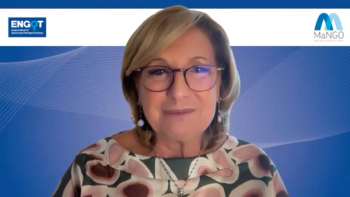
Segment 2 - Comparative Effectiveness Research and Innovation: Do They Clash?
How do you assess the value of an expensive therapy? Upfront expenses of costly therapies may be offset by extended survival. For newly approved agents, such as prembrolizumab and nivolumab, we must wait to accurately assess the 5- or 10-year survival data. In addition, as more information is gathered about their use in practice, these data can contribute to development and modification of algorithms and guidelines.
One way to assess efficacy and use is to review data for a condition as a whole. This is called comparative effectiveness research (CER), defined by the Institute of Medicine as “the generation and synthesis of evidence that compares the benefits and harms of alternative methods to prevent, diagnose, treat, and monitor a clinical condition or improve the delivery of care in ‘real world’ settings”
The aim of CER is to inform healthcare decisions by providing information for healthcare professionals, patients, payers, and policy makers.
Peter Salgo, MD, challenges the panelists to examine CER versus innovation, and whether they “clash at the federal level or at the clinical level.”
Ira M. Klein, MD, MBA, FACP, believes that “They can exist together, but they’re different entities when it comes to how you look at the data.”
Richard W. Joseph, MD, explains the ethical dilemma of merging the 2 concepts and processes.
Watch our related Peer Exchange,
Newsletter
Stay ahead of policy, cost, and value—subscribe to AJMC for expert insights at the intersection of clinical care and health economics.













































